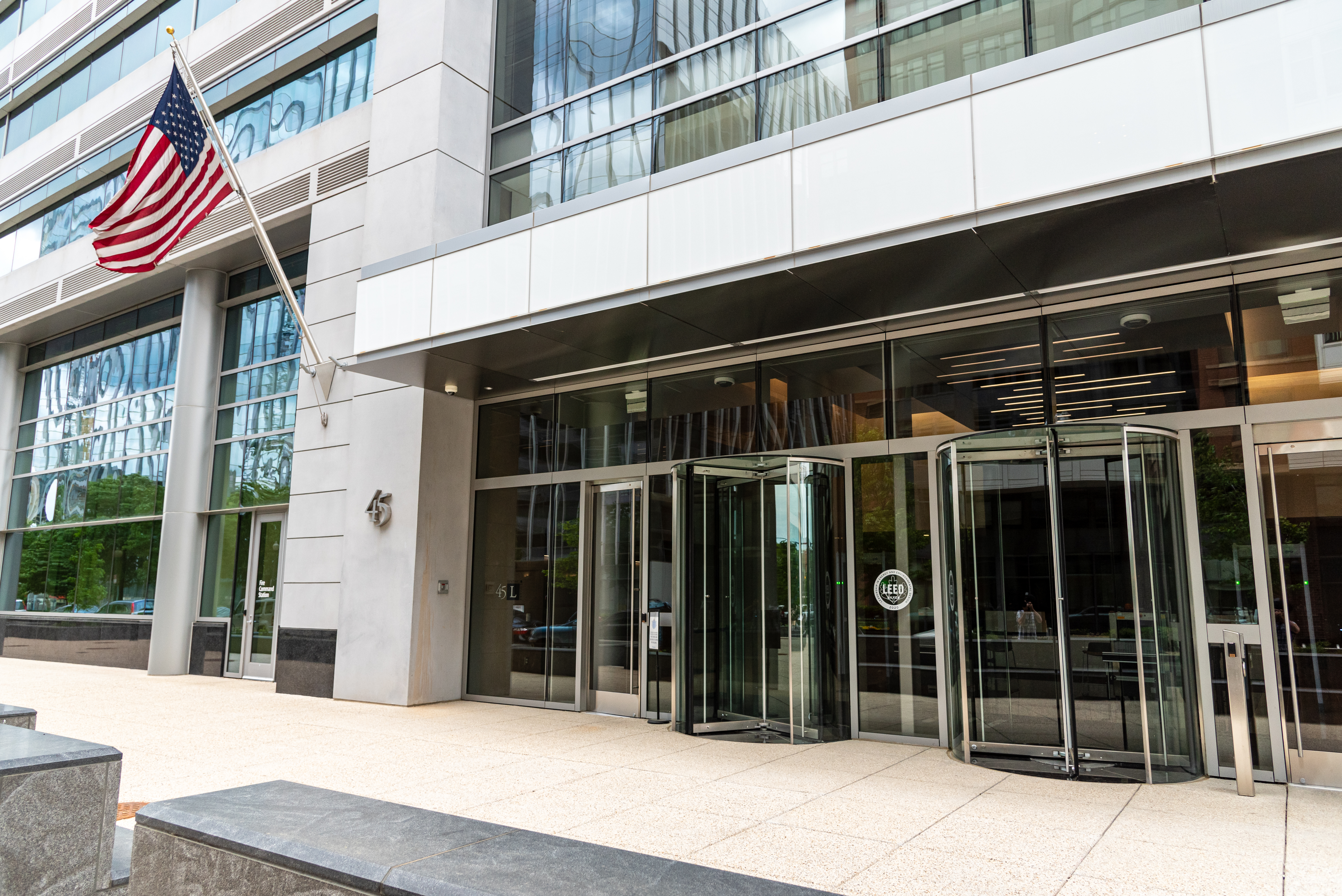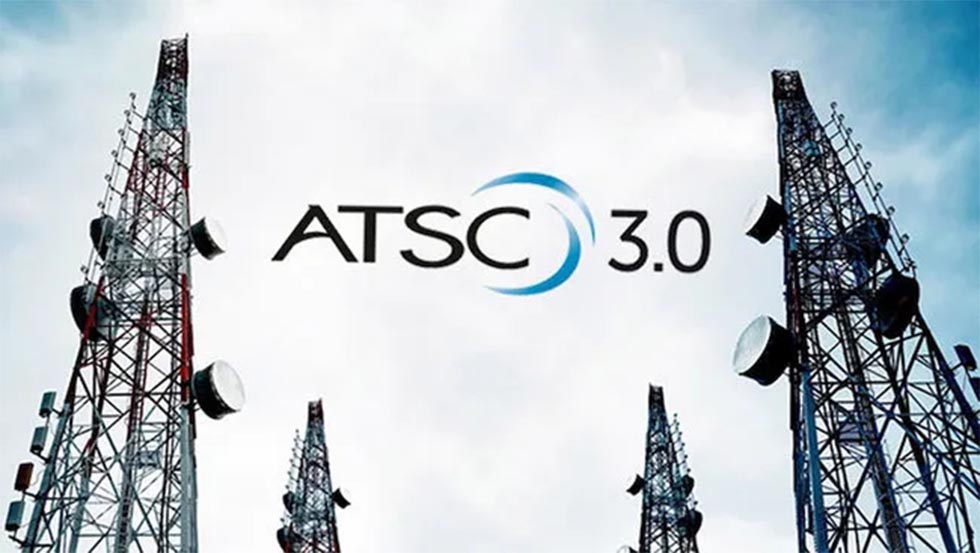FCC Releases Draft Notice for NextGen TV Rules, ATSC 1.0 Sunset
Regulator tentatively decides stations should determine when to transition to 3.0 broadcasts; also seems willing to relax some rules to speed up the process

WASHINGTON—After announcing on Oct. 6 that it would vote on a notice of proposed rulemaking on ATSC 3.0 at its October meeting, the Federal Communications Commission released a draft of the measure that provides more details on how it plans to consider the matter and which questions it might explore.
The draft, which could change before the FCC is scheduled to vote on Oct.28, raises more questions than answers about how the agency might act on key issues related to NextGen TV, but does provide some hints on how FCC Chair Brendan Carr is thinking about the subject.
The draft notes that the FCC has "tentatively" concluded that television stations should be allowed to choose when to stop broadcasting via the ATSC 1.0 standard and begin broadcasting exclusively in 3.0.
It also has "tentatively" concluded television stations should be allowed to broadcast in both 1.0 and 3.0, as many are doing today, but with fewer restrictions and requirements on the 1.0 version of their signal. This would free up more spectrum for advanced ATSC 3.0 services.
The NAB, the Pearl TV tech consortiums, state broadcasting associations and larger broadcasters like Sinclair want the FCC to set a firm date for the shutoff of ATSC 1.0. Smaller broadcasters and many LPTV stations have opposed the sunsetting of 1.0 broadcasts starting in February of 2028.
The draft takes a more neutral approach to many other key issues, raising a series of questions about key topics like the creation of new rules mandating ATSC 3.0 tuners in all new TVs.
More specifically, the draft NPR seeks comment on many issues and proposals closely related to these tentative conclusions about the transition. Those include: the use of encryption or digital rights management (DRM) on broadcast signals; a requirement that new televisions be able to receive and display 3.0 signals; and a requirement that traditional pay TV providers carry 3.0 signals to their subscribers.
The professional video industry's #1 source for news, trends and product and tech information. Sign up below.
The NAB, Pearl TV and larger broadcasters argued that 3.0 tuner mandates were necessary for a successful transition to NextGen TV broadcasts so that a large number of consumers would be able to access the broadcasts. Consumer electronics firms and the CTA have consistently opposed a tuner mandate, arguing it would increase the cost of TV sets and is generally unnecessary because most consumers access video content over streaming and pay TV services rather than over-the-air antennas.
Initial reaction from broadcasters to the draft NPR was positive, with Pearl TV and ATSC, applauding the FCC for working to find ways to accelerate the transition to ATSC 3.0 broadcasts, and generally vague given the fact that the draft does not take a strong position on some key issues like a mandatory sunset or 3.0 tuner mandates.
“Pearl TV and the local broadcasters commend FCC Chairman Carr for launching a new proceeding on NextGen TV that signals to the consumer technology industry, broadcasters, and consumers that the final transition to next-generation broadcasting is underway and that the technology provides an unparalleled opportunity to enhance and improve television service to millions of viewers each day,” said Anne Schelle, managing director of Pearl TV in a statement sent to TV Tech. “Pearl helped to write the ATSC 3.0 broadcast standard. Since it was adopted by the FCC in 2017, Pearl has worked with broadcasters to launch service across the country and with the consumer technology industry to develop new features that explore the standard’s capabilities and to get ready for the final transition.”
“NextGen TV is coming, and it will transform local broadcasting into a vibrant, interactive service that not only competes with Big Tech streaming platforms but also delivers enhanced emergency alerting, hyper-local warnings, and life-saving public safety information to every community,” she added.
Advanced Television Systems Committee President Madeleine Noland also applauded the release of the draft NPR in a statement to TV Tech.
“As the Broadcast Standards Association, ATSC is encouraged by the U.S. Federal Communications Commission, which says it plans to review ways that the voluntary transition to ATSC 3.0 could be accelerated,” she said. “America’s local broadcasters provide an invaluable and vital public service, keeping us informed on news, weather and sports. ATSC 3.0 will allow broadcasters to enhance their ties to local viewers, with the capability to enhance emergency messages, improve accessibility for viewers, and even provide BPS—a much-needed redundancy for GPS.
“While we’re going through the many questions raised by the FCC in its draft document, ATSC believes it's good that conversations are underway and that the next phase of the transition is about to begin,” she added. “While ATSC doesn’t advocate for specific positions, we remain focused on developing and promoting the best possible next-generation broadcast system for the United States and around the world. We are keenly interested in the U.S. transition and stand ready to explain features of the myriad standards that were developed by our membership.”
The full draft is available here.
George Winslow is the senior content producer for TV Tech. He has written about the television, media and technology industries for nearly 30 years for such publications as Broadcasting & Cable, Multichannel News and TV Tech. Over the years, he has edited a number of magazines, including Multichannel News International and World Screen, and moderated panels at such major industry events as NAB and MIP TV. He has published two books and dozens of encyclopedia articles on such subjects as the media, New York City history and economics.

